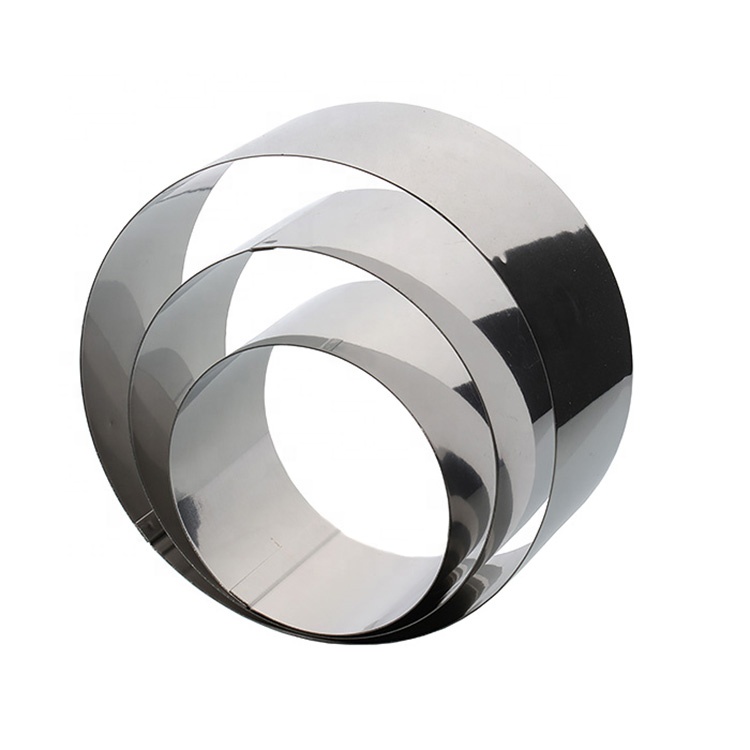- Phone:+86-17331948172 +86-0319-8862898
- E-mail: inquiry@puxingclamp.com
Aug . 15, 2024 16:27 Back to list
High-Quality 316 Stainless Steel Strip Manufacturer for Diverse Industrial Applications and Custom Solutions
The Excellence of 316 Stainless Steel Strip Manufacturing
In the realm of stainless steel production, 316 stainless steel strip holds a prestigious position due to its superior corrosion resistance and mechanical properties. This material is widely utilized in various industries, including pharmaceutical, marine, and food processing, where hygiene and durability are paramount. The manufacturing of 316 stainless steel strips involves precise techniques and modern technology, ensuring that the end product meets the highest standards of quality and reliability.
Understanding 316 Stainless Steel
316 stainless steel is an austenitic stainless steel alloy that contains molybdenum, which significantly enhances its resistance to pitting and crevice corrosion, particularly in chloride environments. This makes it an ideal choice for applications in marine environments and in industries that deal with harsh chemicals. The composition of 316 stainless steel typically includes 16% chromium, 10% nickel, and 2% molybdenum, contributing to its durability and strength.
The Manufacturing Process
The manufacturing of 316 stainless steel strips involves several critical steps to ensure the material's integrity and performance. First, high-quality raw materials are sourced, and the production begins with melting the alloy in electric arc furnaces. This step involves meticulous control of temperature to achieve the desired chemical composition.
Once the alloy is melted, it undergoes a continuous casting process where it is formed into slabs. These slabs are then reheated and subjected to hot rolling, which reduces their thickness and shapes them into the desired strip form. Hot rolling not only enhances the mechanical properties of the material but also ensures uniform thickness throughout the strip.
After hot rolling, the strips may undergo cold rolling, further refining their thickness and surface finish. Cold rolling is crucial as it imparts the final mechanical properties and enhances the surface quality. Following cold rolling, annealing is performed to relieve stresses and improve ductility. This step is essential for ensuring that the stainless steel strip can be easily fabricated into various forms without compromising its structural integrity.
316 stainless steel strip factory

Quality Control Measures
Quality control is a fundamental aspect of the production of 316 stainless steel strips. Reputable factories implement stringent testing procedures at various stages of manufacturing. This includes chemical analysis to verify the composition, mechanical testing to ensure strength and ductility, and corrosion resistance tests to confirm suitability for specific environments.
Advanced equipment and techniques, such as non-destructive testing (NDT) and surface roughness measurements, are employed to detect any defects in the material. Factories often adhere to international standards such as ASTM or ISO to guarantee that their products meet global expectations for quality and safety.
Applications of 316 Stainless Steel Strips
The versatility of 316 stainless steel strips allows for a wide range of applications. In the pharmaceutical industry, they are used for equipment such as tanks and piping, where cleanliness is crucial. In marine applications, 316 stainless steel strips are utilized for making components exposed to saltwater, such as boat fittings and fasteners. Additionally, the food processing industry relies on 316 stainless steel for its ability to prevent contamination, making it a preferred choice for equipment that comes into direct contact with food.
Conclusion
The production of 316 stainless steel strips stands as a testament to modern manufacturing capabilities, combining advanced technology with rigorous quality control measures. This exceptional material not only meets but often exceeds the demands of various industries. As industries continue to evolve and seek reliable materials that withstand challenging environments, the significance of 316 stainless steel strips will undoubtedly grow, reinforcing its place as a cornerstone of modern manufacturing.
-
Large Stainless Steel Adjustable American Type Hose Clamp - Hebei Pux Alloy Technology Co., Ltd|Corrosion Resistance&High Breaking Torque
NewsJul.30,2025
-
Large Stainless Steel Adjustable American Type Hose Clamp - Hebei Pux Alloy Technology Co., Ltd
NewsJul.30,2025
-
Large Stainless Steel Adjustable American Type Hose Clamp - Hebei Pux Alloy Technology Co., Ltd|Corrosion Resistance&Industrial Applications
NewsJul.30,2025
-
Large Stainless Steel Adjustable American Type Hose Clamp-Hebei Pux Alloy Technology Co., Ltd|Corrosion Resistance, Adjustable Design
NewsJul.30,2025
-
Large Stainless Steel Adjustable American Type Hose Clamp - Hebei Pux Alloy Technology Co., Ltd. | High Breaking Torque & Corrosion Resistance
NewsJul.30,2025
-
Large Stainless Steel Adjustable American Type Hose Clamp - Hebei Pux Alloy Technology Co., Ltd
NewsJul.30,2025




